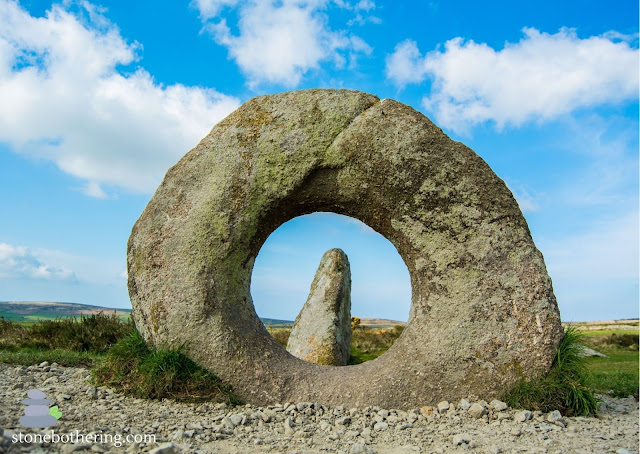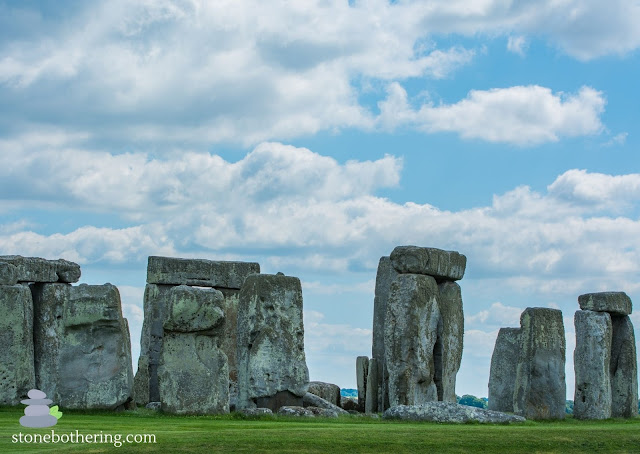A Giant's House: Exploring Trethevy Quoit

In the heart of Cornwall, England, stands a testament to a bygone era: Trethevy Quoit. Known locally as "the giant's house," this impressive megalithic structure is a well-preserved example of a portal dolmen, a type of burial chamber dating back to the Neolithic period (around 3500-2500 BC). Standing at nearly 9 feet (2.7 meters) tall, Trethevy Quoit is formed by five massive upright stones topped with a giant capstone. The structure's name itself offers a clue to its origins. "Trethevy" translates from Cornish to "place of the graves," hinting at its likely purpose as a communal tomb for ancestors. A Look Inside the Giant's House Unlike many dolmens, Trethevy Quoit has a unique feature: a small, moveable stone at the front that once allowed access to the chamber. However, for preservation reasons, this entrance is rarely opened today. Interestingly, the back of the chamber has collapsed inwards, adding to the monument's intrigue. More Tha...
.jpg)
.jpg)
.jpg)


